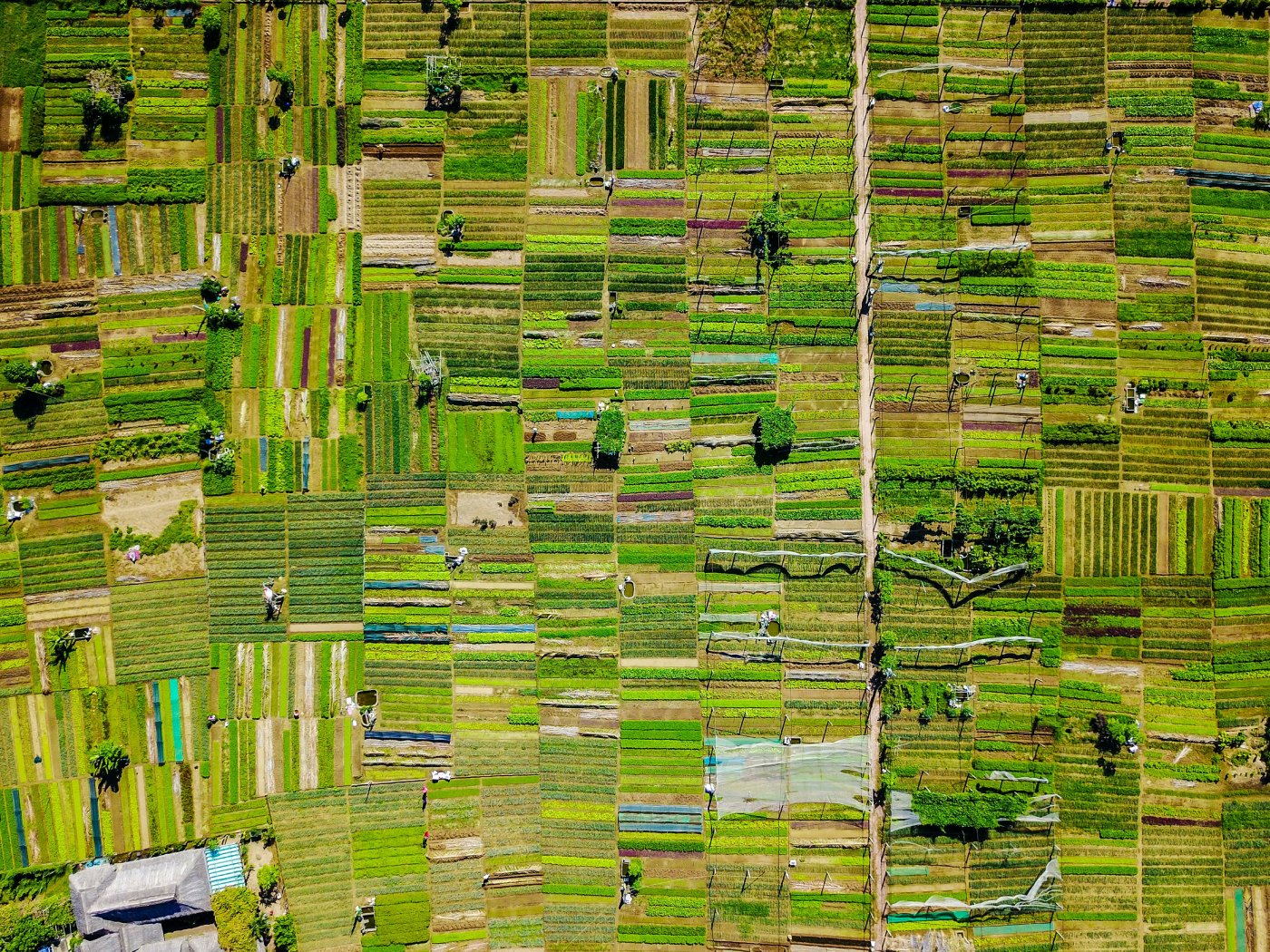Our services
We bridge the gap between profitable businesses and authentic community and ecosystems regeneration through proven design thinking, strategic leadership, and co-creative partnerships that deliver measurable financial and social returns.
Place-based regeneration
We apply this approach across three programs
Together, these programs translate regenerative principles into place-specific pathways that shift from extractive development models to regenerative futures. Hospitality, urban infrastructure, and value chains are not end goals, rather levers for unlocking the latent regenerative potential of every place.
Regen Travel
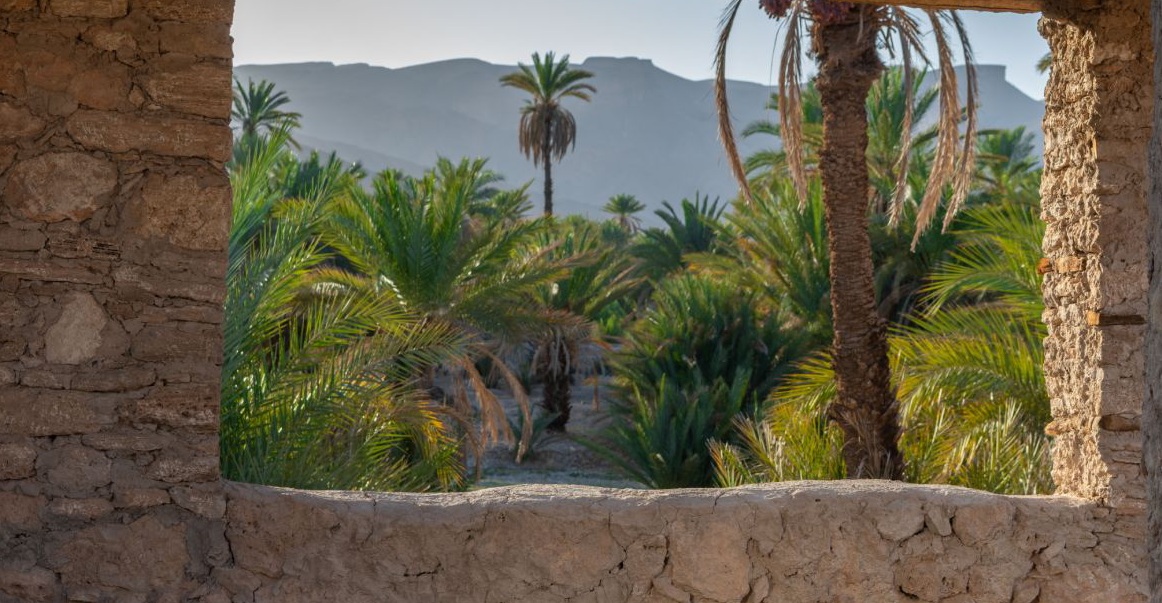
Regen Ecosystems
Focuses on food systems and value chains – designing regenerative bioregional economies that support local livelihoods, regenerate soils and biodiversity, and ensure sovereignty over resources.
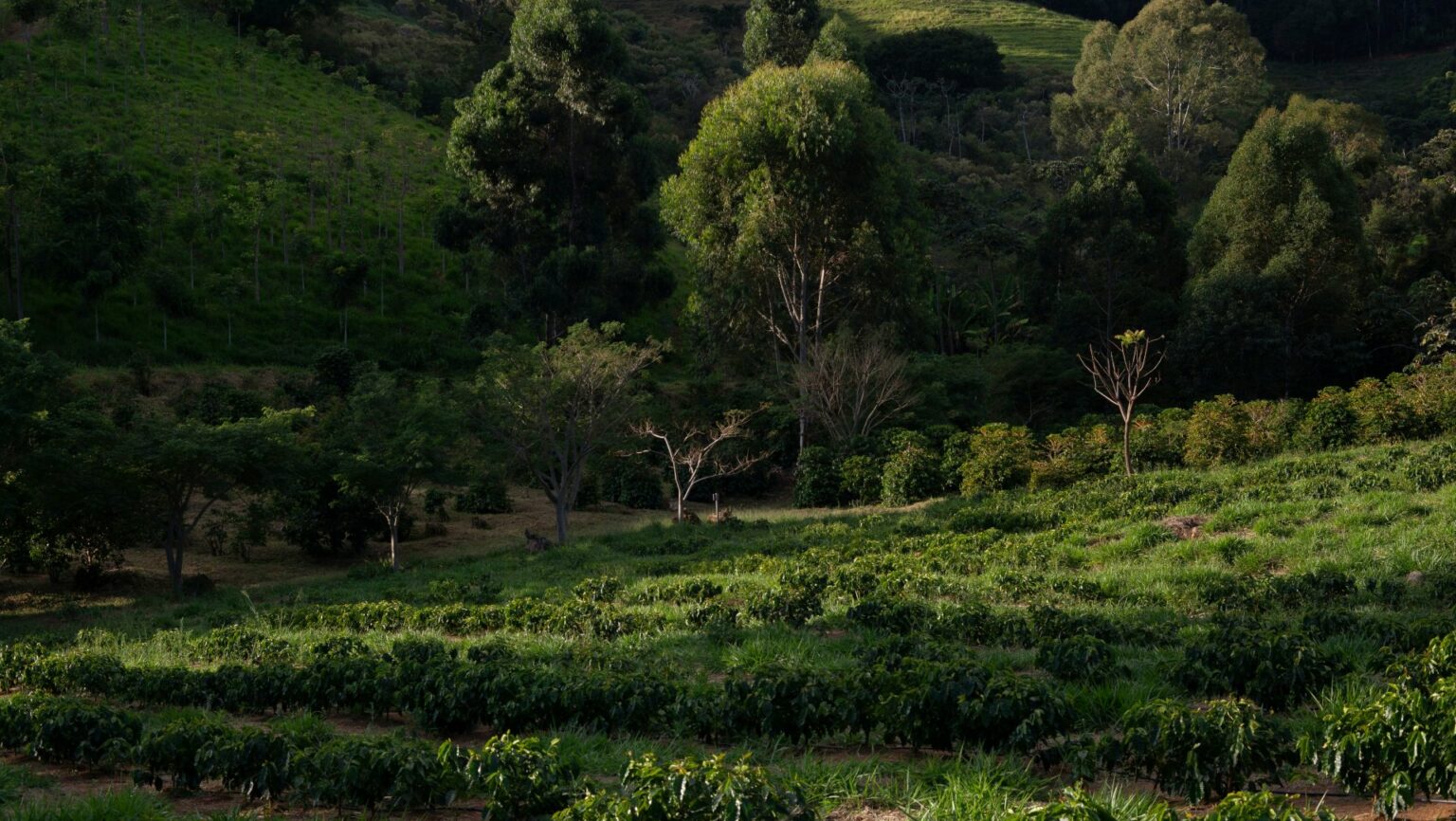
Regen Cities
Supports urban planning and transformation through nature-based solutions, community-centered development, restoration of urban biodiversity and planet-positive infrastructure.
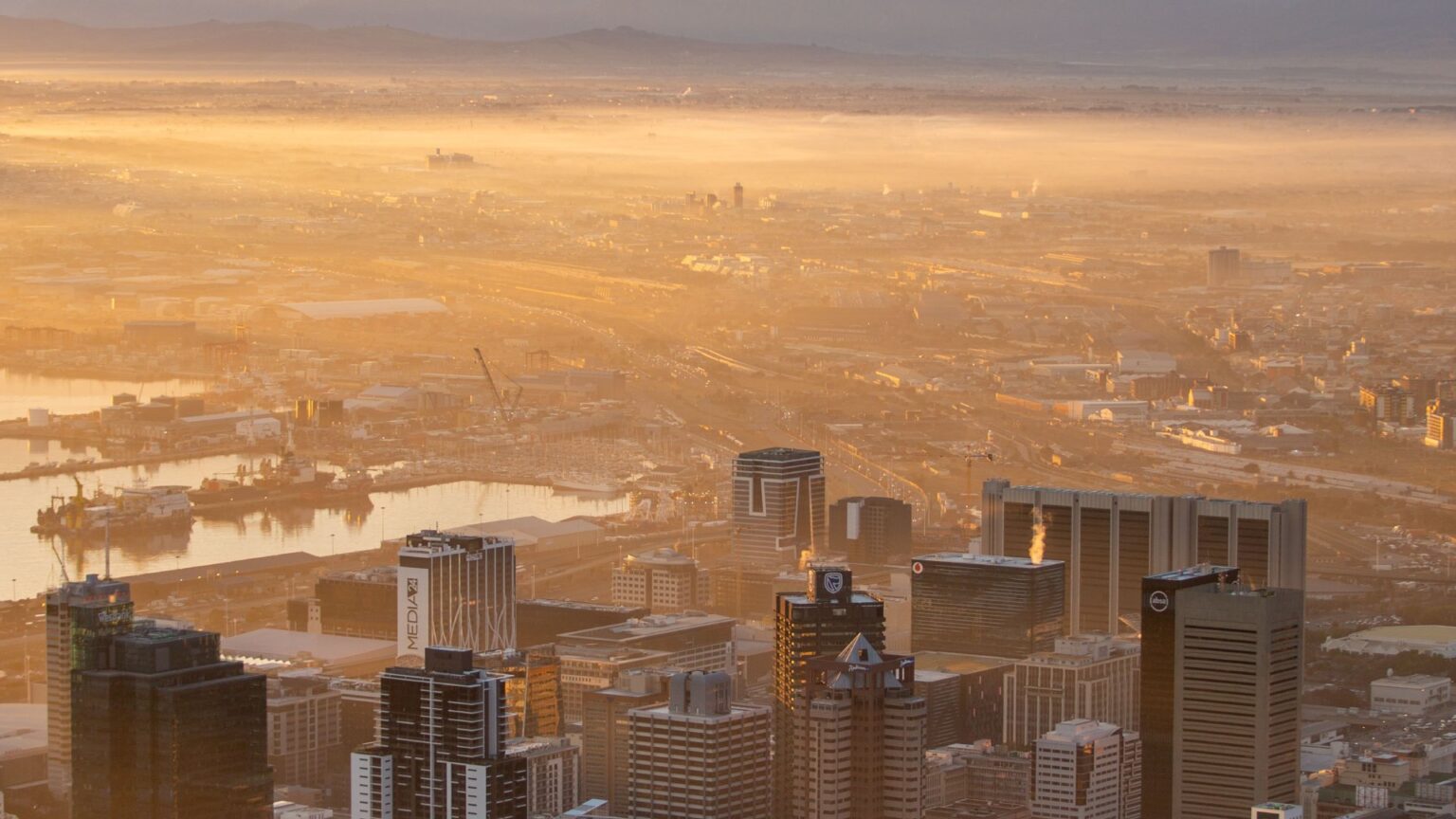
Speaking engagements
Our founder, Diane Binder is a seasoned speaker with extensive experience contributing to major events worldwide as a keynote speaker, panel member and moderator.

Building the regenerative movement through education and inspiration
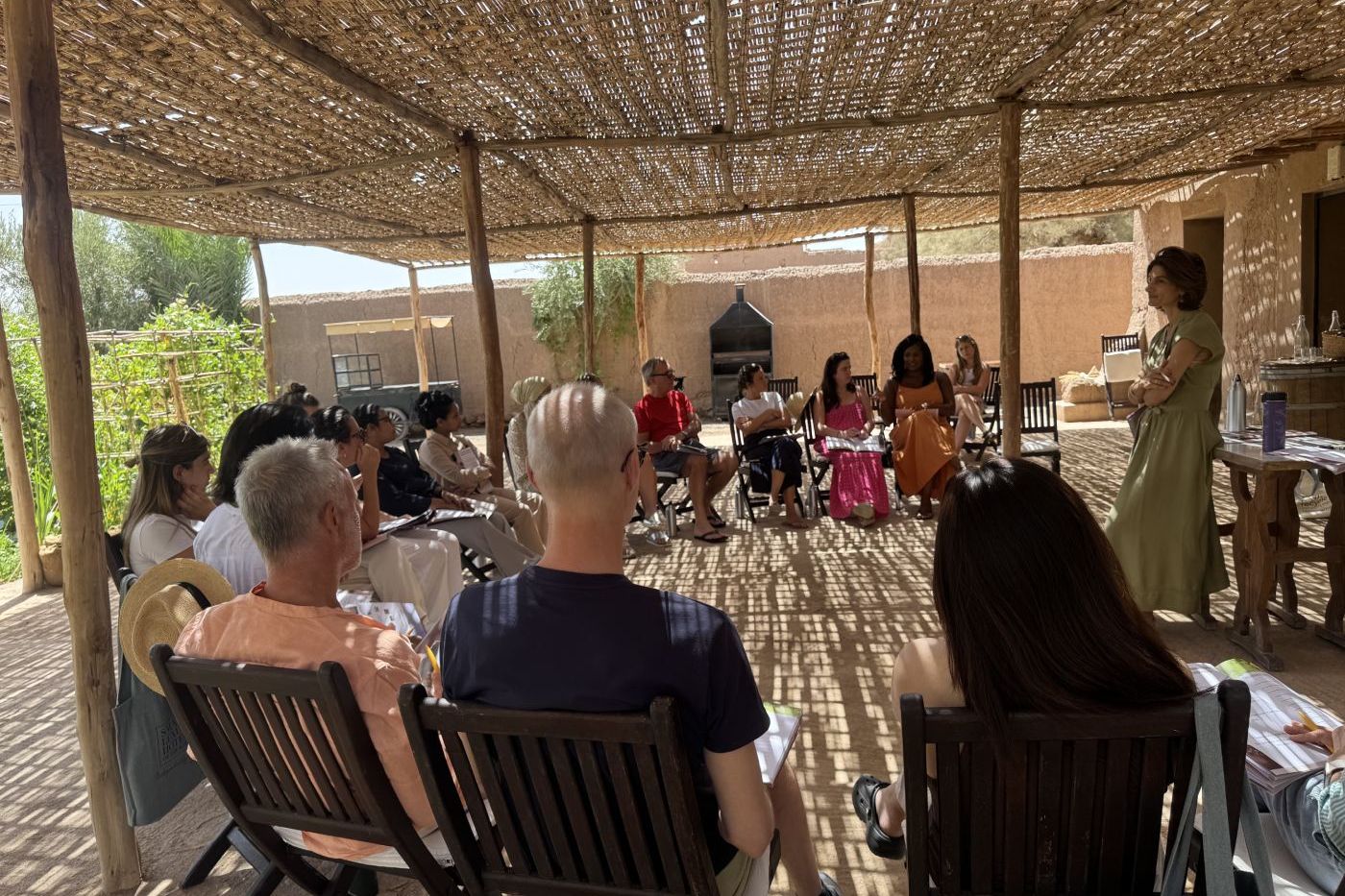
Capacity building & training
Equipping leaders with the business case and the tools for regenerative transformation, sharing real ROI results and implementation strategies.

Speaking engagements
Speaking at major events to position regenerative practices as competitive advantage rather than compliance requirement.

Executive Workshops
Hands-on strategy sessions for executives to develop regenerative transformation roadmaps for their businesses.
What we do
- Support local solutions to address the climate and biodiversity crisis, promote nature restoration, community resilience, planet-positive urban development and well-being.
- Provide long-term capacity building for community enterprises including training and seed funding.
- Aim to build a portfolio of systemic, regenerative practices that are community-based and replicable.
- Build a multi-stakeholder approach to promote local regeneration with a global outreach.
Our transformation process
1. Design & Strategy
Regenerative Business Model Design
Redesign operating models, supply chains, financial partnerships using circular economy, living systems and community-centered approaches.
Participatory Design Facilitation
Multi-stakeholder workshops bringing together community leaders, employees and partners to co-create transformation roadmaps.
Strategic Leadership Development
Executive coaching and team alignment on regenerative vision, change management and stakeholder engagement.
2. Experimentation & Co-creation
Ecosystem & Partnership Building
Identify and facilitate relationships with a variety of stakeholders (community-led organizations, local and international private sector, conservation groups, financial partners, etc.) to create integrated value networks.
Flagship Regenerative Project Implementation
Pilot high-impact initiatives that demonstrate regenerative principles while delivering measurable business results.
Local Community Development
Co-design programs that enhance local livelihoods while creating operational benefits.
3. Replication & Amplification
Funding Mobilization
Connect with ESG investors, impact funds, DFIs, international philanthropists and other blended finance mechanisms specifically interested in regenerative projects.
Brand Positioning & Advocacy
Develop authentic regenerative narratives and thought leadership positioning that are relevant on global stages and attract aligned partners and clients.
Ripple Effect & Impact Measurement
Implement comprehensive monitoring systems and replicate successful models to maximize both financial returns and regenerative outcomes.
Why leading businesses choose our approach

Policy-level expertise
We bring government insights and regulatory foresight that position you ahead of compliance requirements
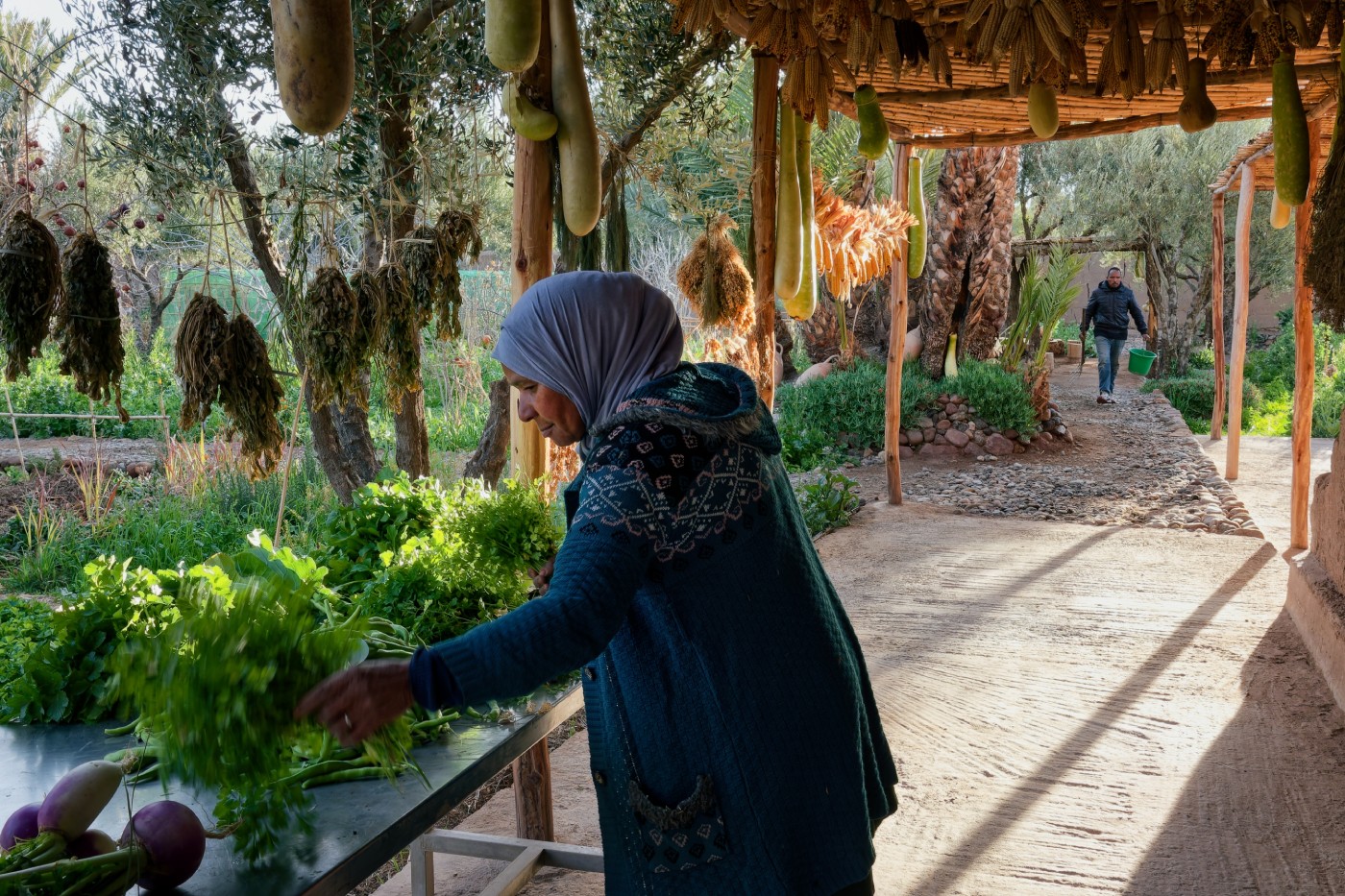
Grounded methodology
Our approach developed over time and across geographies aims to facilitate access to expertise, capital, partnerships, markets and visibility.
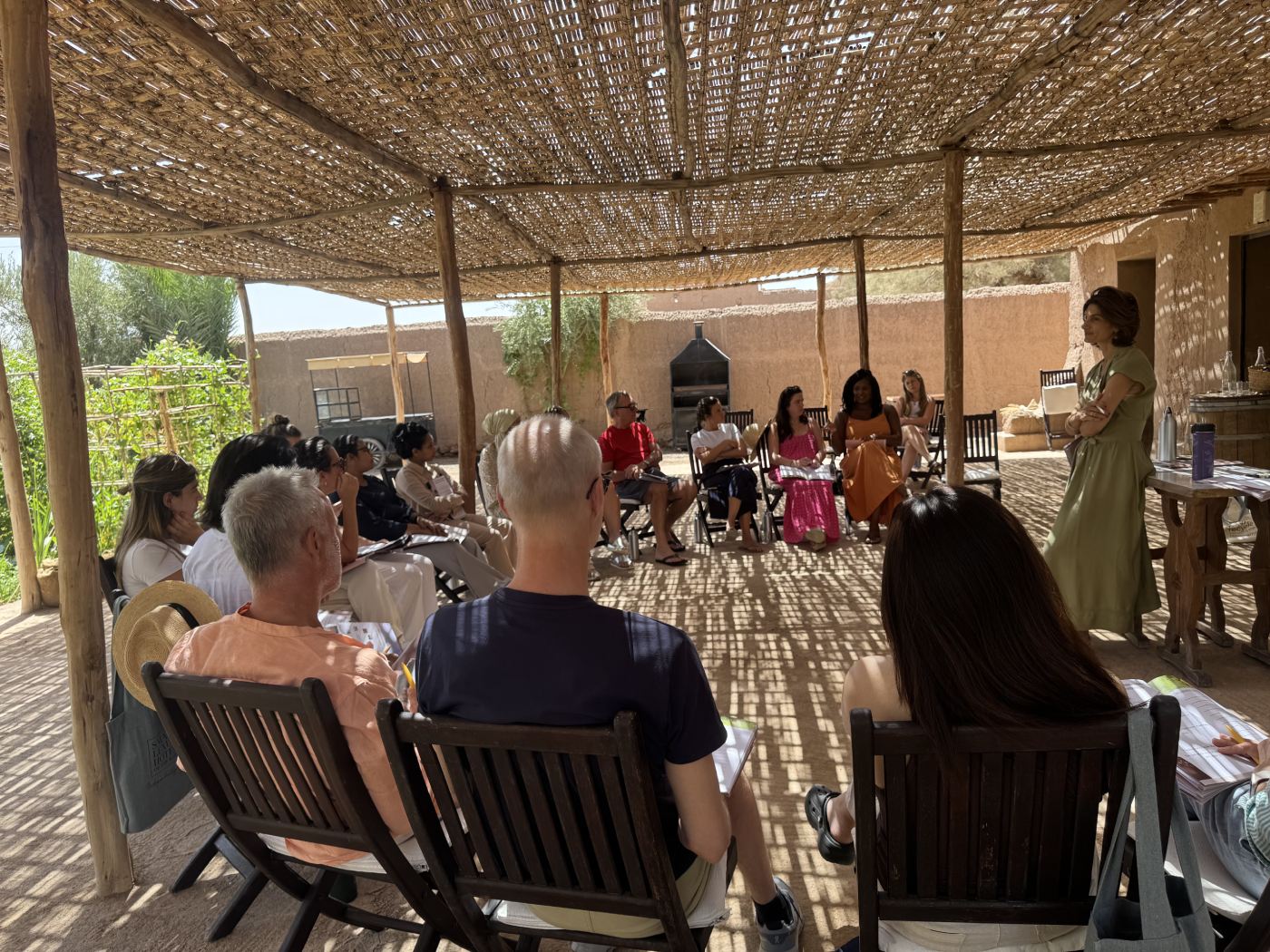
Authentic co-creation process
We facilitate genuine community engagement that create shared value and allow corporates and organizations to build resilience and authenticity.
